How to Teach Your Dog to Not Chew on Things
If you are thinking of getting a dog or maybe you already have one, you will notice that they constantly feel the need to chew on something and have it in their muzzle (especially as puppies), so your shoes and furniture could get damaged if you do not correct this behavior. 5-Minute Crafts offers you some tips on how to deal with their urge to chew and how to teach them not to do it in the right way.
1. Consult a veterinarian
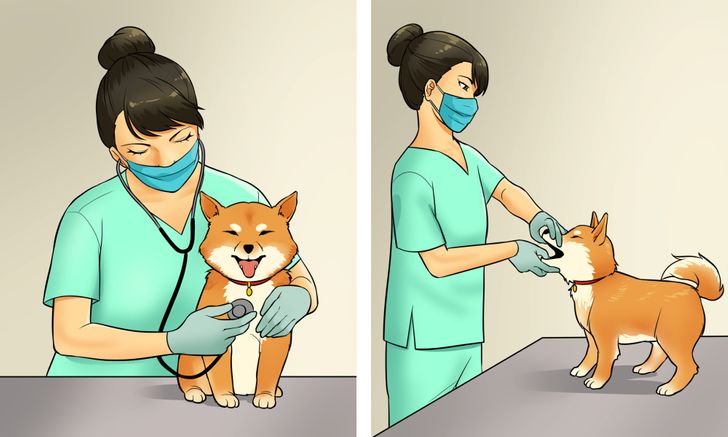
In order to determine the cause of your dog’s chewing, it is recommended that you visit your veterinarian to examine your dogs and diagnose whether their behavior is due to a health, behavioral, or anxiety problem.
2. Buy a toy designed for chewing
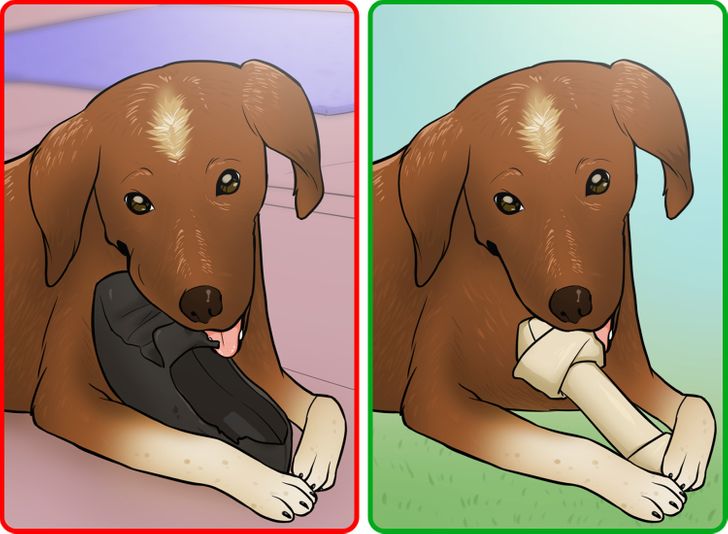
⛔ If you have puppies between 4 and 6 months old, you will notice that they constantly chew on your shoes, furniture, clothes, and other accessories. This is because they are in the teething stage, that is, their baby teeth are in the process of falling out and this may be causing them discomfort.
✅ Give them playtime and space by using toys designed for puppy teething ailments. Try different models and textures. Before buying them, check to make sure their label indicates that they are made with non-toxic materials for your pets.
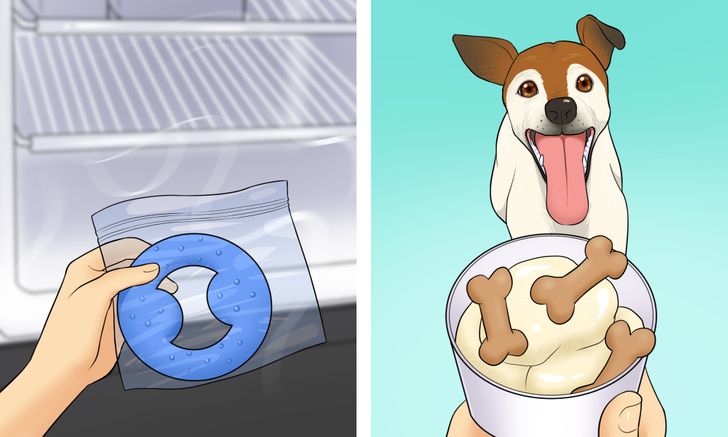
✅ Chill their toys before playtime. Place them in a Ziploc bag and leave them in the freezer for a few minutes. Try to follow the specific product instructions.
✅ A healthy alternative is to prepare a dog-friendly ice cream yourself. This way you will refresh your pets, keep them hydrated, and the cold will help reduce the inflammation around their gums.
3. Increase their physical and mental activity
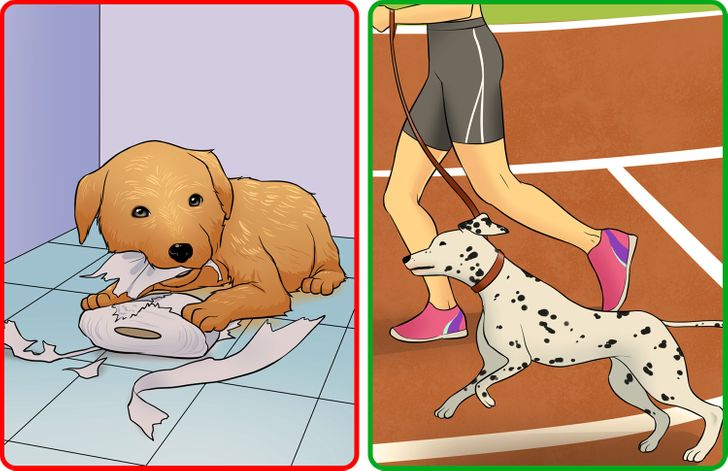
⛔ Don’t leave your dog home alone, or lock them in a room for a long period of time, especially if they are still a puppy. This could cause them stress, and one way to deal with their boredom would be for them to chew on everything within reach.
✅ Before you leave the house, take them for a walk. It is necessary for them to have physical and mental activity to eliminate excess anxiety. This way you leave them tired and they will stay at home taking a nap or relaxing. Also, leave one or more interactive toys around them.
4. Correct their bad habits
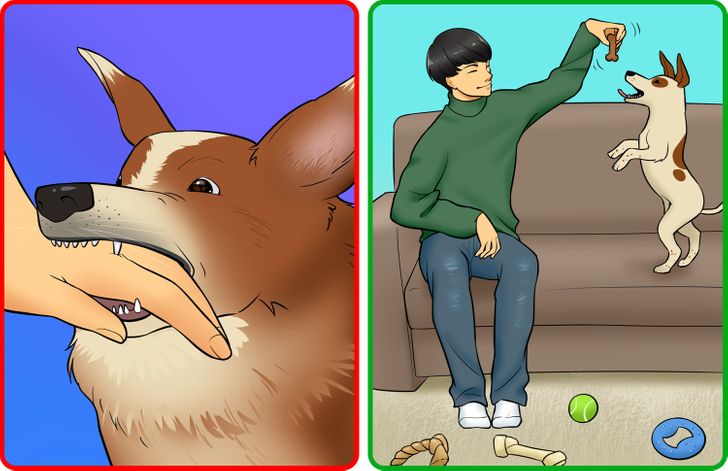
⛔ If your pets bite you when they are playing, tell them “No” using a firm tone of voice. Walk away and ignore them for about 15 to 20 seconds. This is a way to teach them that this action is not correct and that it has upset you. Repeat this a few times until they understand.
✅ Reward them when you see them chewing and playing with their toys. Give them a snack, pet them, and show your affection to reinforce their positive behavior.
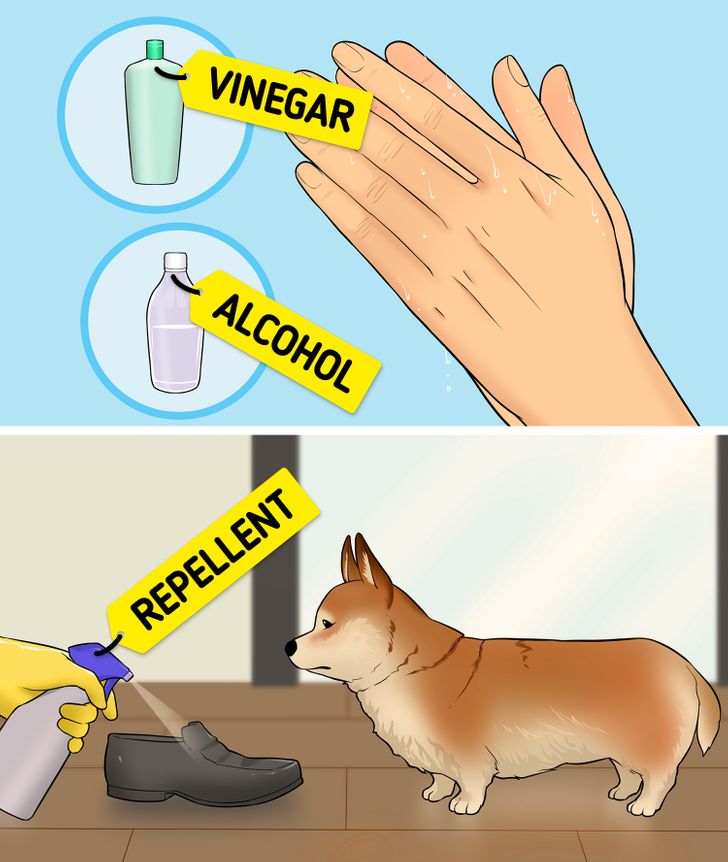
✅ If your pet continues to bite your hands or clothes when playing, a simple and natural trick is to apply a strong odor to the object that is not toxic to the animal, like white vinegar or alcohol.
✅ You can also buy bite repellents or no chew sprays from a pet store to apply to clothing and furniture. These products are made with elements that your dogs won’t like and that will help correct their behavior.
5. Reward them when they behave correctly
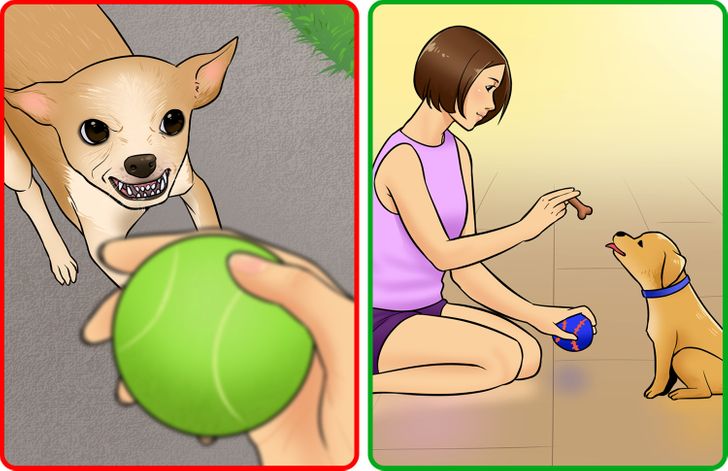
⛔ Your dogs shouldn’t be aggressive or bite you if you take their food bowl or one of their toys. If they have an attitude problem, you should avoid scolding them, keep calm, don’t stare at them, and walk away from them without turning your back on them.
✅ To prevent aggressive behavior, you should train them to share their toys and belongings with you from the time they are puppies. Use snacks or treats to make them release an object and associate that a possessive attitude is wrong.
6. Turn to a professional dog trainer
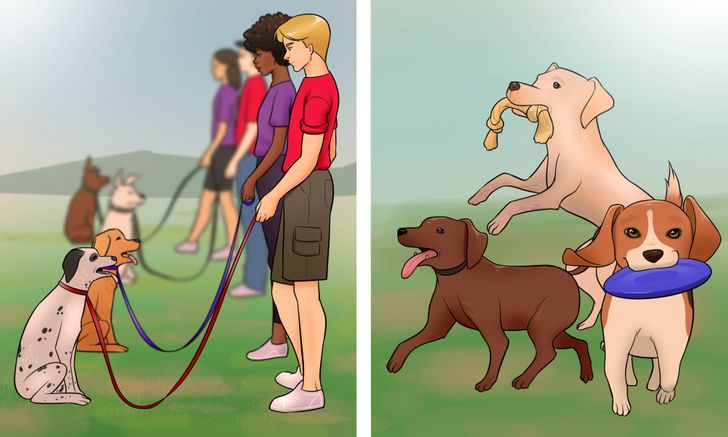
✅ If you notice that your pet has a possessive attitude toward you and other family members when handling objects, it is advisable to seek the help of a professional to correct and educate your dog so you can avoid aggressive acts that could cause you harm.
✅ It is essential that from a very young age, you teach your puppies to socialize with people, animals, and their physical environment outside the home. Ideally, when you take them out for a walk, they should be able to play and interact with dogs of different breeds and sizes. Give them affection and reinforce their social behavior with treats when they make friends. This will help them get used to strange people and animals and trust them, without the need to behave aggressively and want to bite or attack.